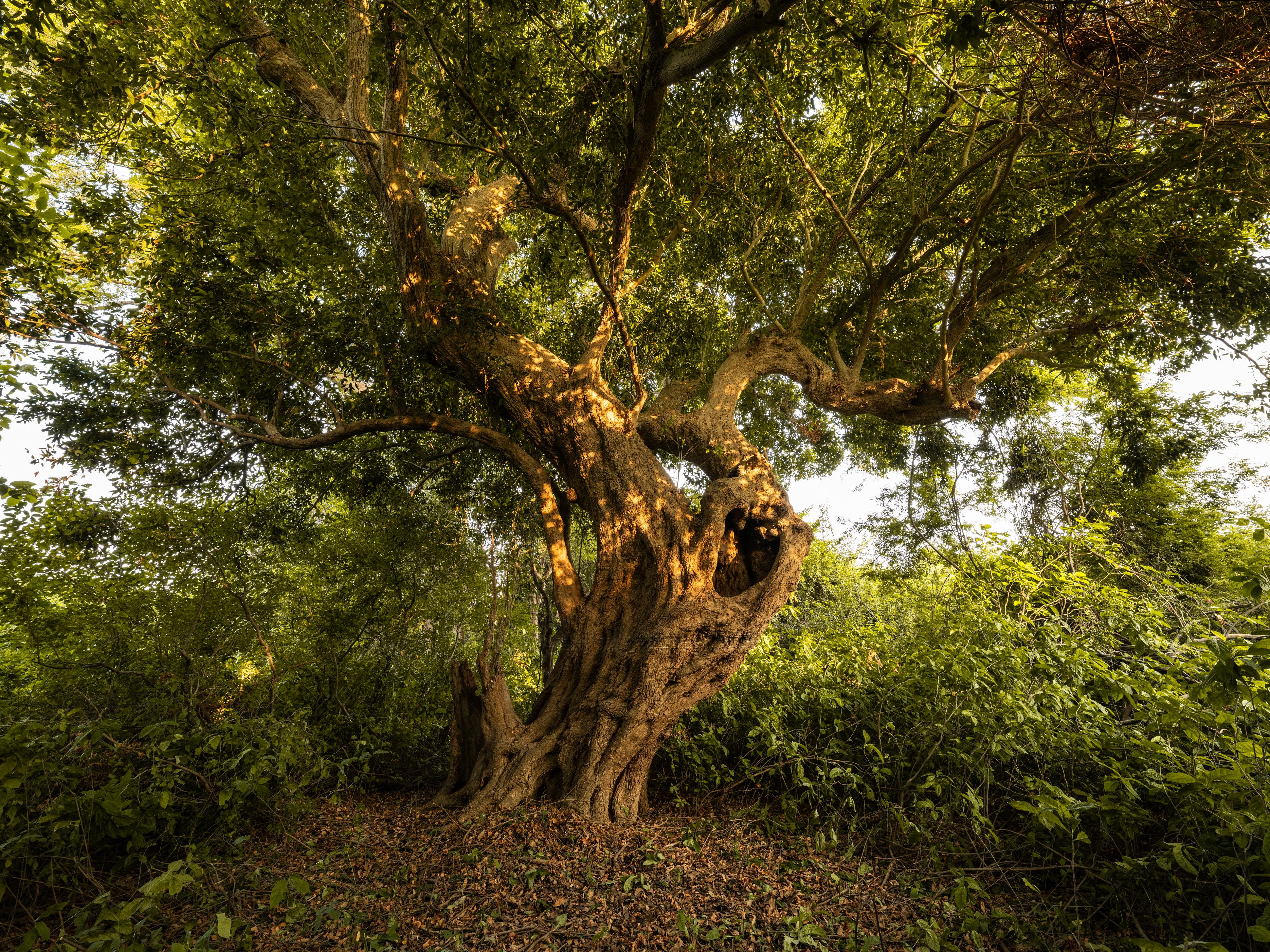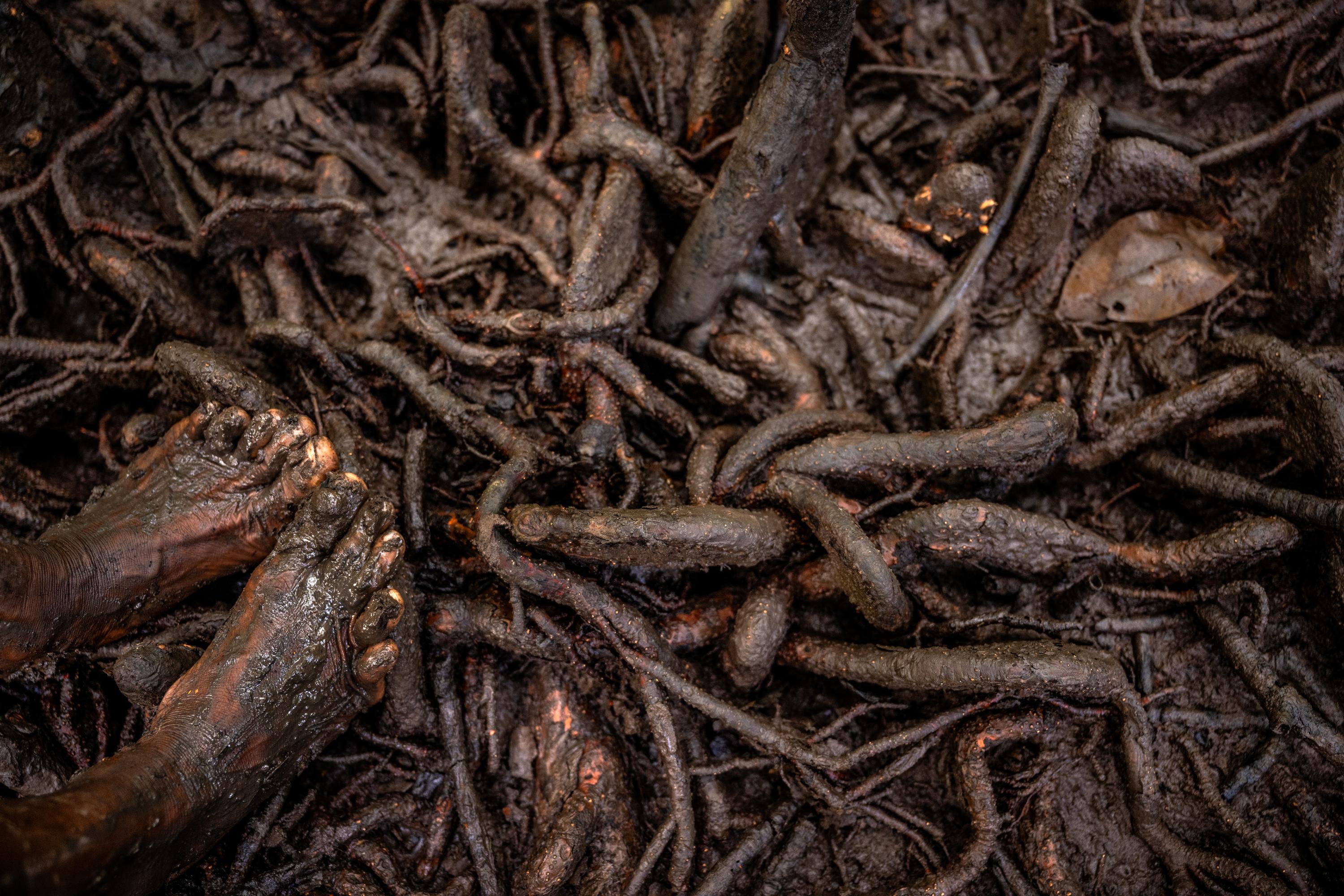By Will McCarry
October 28, 2025
Protected areas slow the loss of Earth’s most critical carbon
Less than 1 min

By Will McCarry
October 28, 2025
Less than 1 min
Beneath moss and flooded forests, within layers of roots and peat, lies a carbon vault that has been sealed for millennia.
These are ancient places in nature — the black soils of northern bogs, waterlogged mangrove roots and the dense heartwood of tropical trees — where potentially climate-warming carbon has slept undisturbed. Scientists call this “irrecoverable carbon” because, if it is emitted into the atmosphere, it cannot be restored in time to prevent climate breakdown.
New research from Conservation International shows that while much of this carbon is slipping away, a wave of protection is beginning to slow the loss.
Since 2018, the planet has lost 7.4 billion metric tons of irrecoverable carbon — roughly 5 percent of the global total, according to the research by Conservation International. That’s equivalent to more than five years of fossil fuel emissions from the United States.
These losses are not spread evenly. Forests accounted for more than half, and just 14 countries were responsible for three-quarters of the decline. Russia suffered the largest national loss, releasing 1.4 billion metric tons, nearly twice the amount lost by Brazil.

“Irrecoverable carbon only goes in one direction,” said Conservation International scientist Allie Goldstein, who co-led the research. “Our goal is to keep as much of it in place as we can, because once it’s gone, it’s gone.”
Each metric ton lost represents a substantial loss of accumulated carbon, including soils formed over millennia, and forests that have stood for generations. The consequences are permanent — and global.
But the story is not all grim.
The data reveal a clear pattern: Where land is protected, carbon tends to stay in the ground. Unprotected areas lost nearly 7.2 percent of their irrecoverable carbon, compared with just 2.1 percent in formal protected areas. And where Indigenous lands overlap with official protection, losses are lowest of all.
“Every dataset tells the same story,” Goldstein said. “Protection — especially when Indigenous and local communities are involved — makes a real difference. But as the data shows, while protection slows loss, it’s not a silver bullet. These lands also face incredible pressure. They hold some of the world’s largest carbon stores, yet are often still exposed to logging, fire and other threats. It really underscores the challenges local stewards face in defending their forests and soils.”
Despite pressures, a surge of new protected areas shows how quickly the tide can turn.
Since early 2023, nearly 9,000 new protected areas have been added to the World Database on Protected Areas. More than half of these sites contain globally significant irrecoverable carbon, securing over 300 million additional metric tons.
The Republic of Congo made the single largest dent, with the declaration of the ‘mist’ forests and savanna of Odzala-Kokoua as a new UNESCO World Heritage Site — adding more than 60 million metric tons of carbon to the planet’s protected stock.
But other smaller protected areas are also adding up. In Mexico, the Sierra Tecuani became a protected area, with local women leading the charge to plant tens of thousands of pine trees to forests damaged by fire or years of poppy farming. In the inland temperate rainforest of British Columbia, the 58,000-hectare Incomappleaux Conservancy was protected after years of advocacy by environmental groups and the Sinixt people, whose traditional territory includes this valley of giant cedars and hemlocks. And along the coast of the Great Barrier Reef, the Aboriginal Wuthathi people created an Indigenous Protected Area for their territory’s white silica sand dunes and rainforests, turning years of community advocacy into permanent conservation.

In South America, Conservation International is advocating for local communities to lead the charge. Through the Vital Reserves project, the organization helps local and Indigenous communities and governments protect irrecoverable carbon on their own terms.
That approach is already making a difference in places like Bolivia’s remote lowland forests. With support from Conservation International, the municipality of Sena passed a law to protect 452,639 hectares (1.1 million acres) of Amazon rainforest. The El Gran Manupare Integrated Management Natural Area is now part of a vast, interconnected “conservation mosaic,” created largely by local municipalities and Indigenous communities deciding to safeguard their forests.
“At Conservation International, science doesn’t end in a report,” said Candido Pastor, who leads community-focused work in Amazonia for Conservation International.
“Through Vital Reserves, we’re putting data to work on the ground — showing how protecting irrecoverable carbon can also safeguard biodiversity. This project proves that conservation led by local governments and Indigenous Peoples works. The next challenge is ensuring it’s funded for generations to come.”

Will McCarry is the content director at Conservation International. Want to read more stories like this? Sign up for email updates. Also, please consider supporting our critical work.